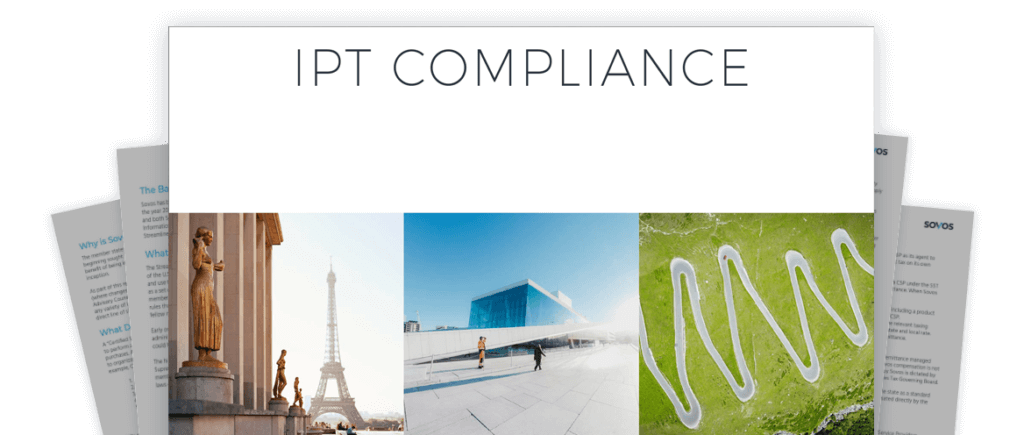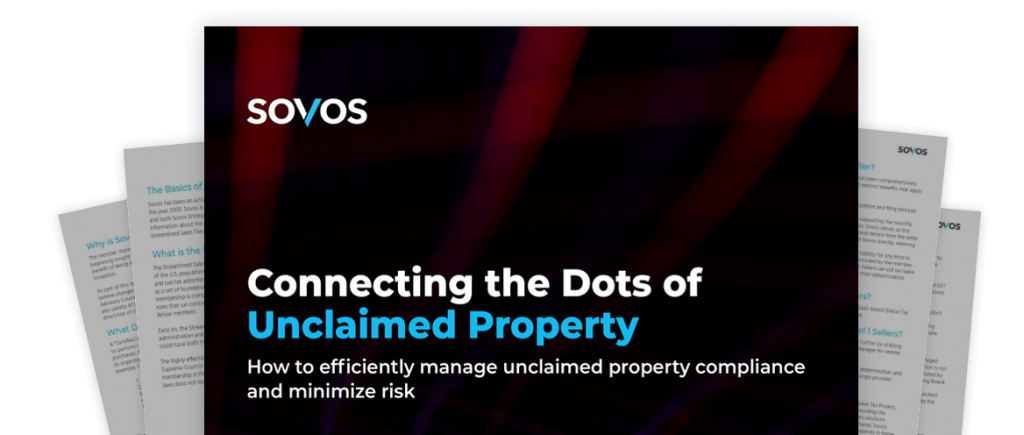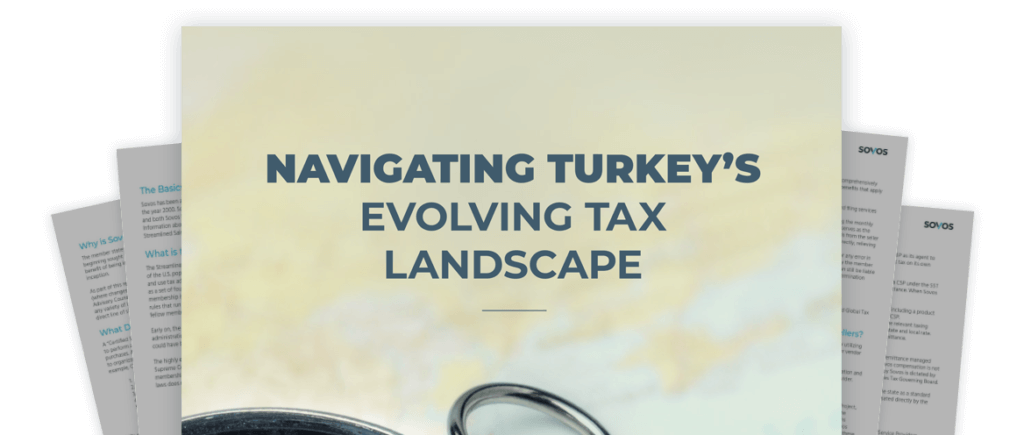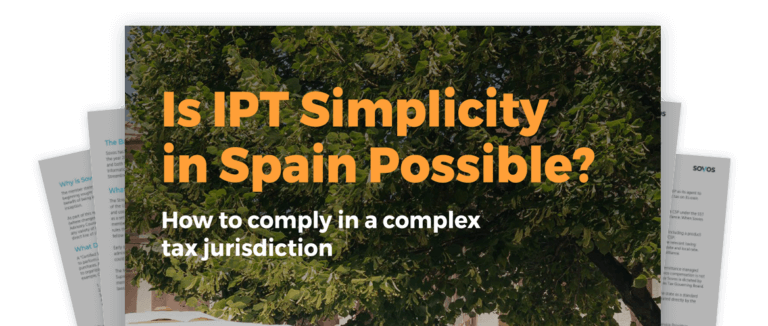Trends 13th Edition 2022
Welcome to the 13th edition of Sovos’ annual Trends report where we put a spotlight on current and near-term legal requirements across regions and VAT compliance domains.
This report provides a comprehensive look at the regulatory landscape as governments across the globe are enacting complex new policies to enforce VAT mandates. It examines the demanding and unprecedented insight now required into your economic data so that regulatory authorities enforce standards and close revenue gaps.
This year’s report examines the evolution of law and practice around the four emerging megatrends that Sovos experts identified in the 12th edition. These trends, many of which revolve around tax compliance and controls being ‘always on’, have the potential to drive change in the way organizations approach regulatory reporting and manage compliance.
Authored by a team of international tax compliance experts, we provide extensive recommendations on how companies can prepare for and thrive through these changes.










